Every household in Australia pays demand charges for electricity, but not everyone is aware of it or understands how it impacts the final amount they pay. This is mainly because, for many, it isn’t itemised as a separate charge on their energy bill.
By understanding and managing demand charges, you can make informed decisions about your energy consumption, which can lead to significant cost savings.
What is a demand charge?
A demand charge is a component of your electricity bill that is related to how ‘fast’ you use electricity (the rate), not the total amount of electricity you consume.
Consider the difference between filling a swimming pool with a garden hose versus a firehose. Filling it with a garden hose will take longer, but it will be cheaper than getting the fire department out to fill it faster.
Similarly, running multiple high-energy appliances like your air conditioner, hot water system, and oven at the same time is like using an ‘energy firehose’, resulting in a high demand charge. If you slow it down to garden hose speed, your demand charge will be less.
Understanding demand charges on your bill
Demand charges are calculated and presented differently to usage charges on your bill.
Unlike the straightforward cents-per-kilowatt-hour (c/kWh) you see for usage charges, demand charges might look a bit different. They usually show up as cents-per-kilowatt-per-day (c/kW/day) or dollars-per-kilowatt-per-month ($/kW/month).
Everyone pays a demand charge, but its visibility depends on the type of metering system you have. If you’re on a flat tariff without a smart meter, the demand charge is included in the total amount you see, making it less noticeable.
However, if you have a smart meter, the demand charge is often itemised separately from the usage rate. This makes it look like a new charge, but it has always been part of the bill.
Types of demand charges
There are two types of demand charges:
- Anytime demand: You are charged for the maximum rate of energy used in any half-hour period throughout the entire billing period. This method is often criticised for not encouraging consumers to manage their energy consumption during peak network demand times, usually in the evenings.
- Peak demand: Not to be confused with peak tariffs, a peak demand charge is applied in a specific time period, often in the evenings on weekdays, when the maximum demand is set. Energy retailers set their own peak demand times, so confirm these with your provider and manage your consumption during those times.
How to avoid high demand charges
To avoid high demand charges, don’t use all your energy-hungry appliances at the same time during the specified peak demand periods.
Turn off the air conditioning when you’re using the oven, take turns running the dishwasher and washing machine, and consider using smart switches for your pool pump and water heater to operate only during non-demand tariff times.
The impact of demand charges on your realised tariff
The realised tariff is the actual amount you pay for your power. It takes the total amount of electricity you use and compares it to the total amount you pay. This makes it simpler to compare different tariffs for your home, much like the “price per gram” labels you see in supermarkets.
By being mindful of your electricity usage and avoiding high demand charges, you can lower your realised tariff and, consequently, pay less for your power. However, incurring high demand charges will result in a higher realised tariff, meaning you will pay more for your power.
Understanding demand charges is crucial for managing your energy consumption effectively and making informed decisions that can lead to significant savings on your electricity bill.
Remember, the key is not just how much electricity you use, but when and how fast you use it, especially during peak demand periods.
Get your free EnergyFlex Rating today and see exactly how much demand charges are costing you.
